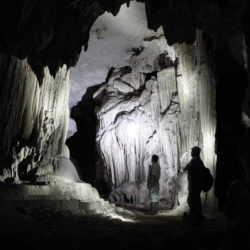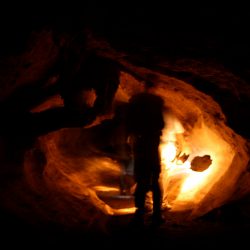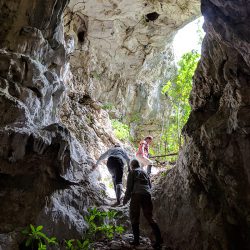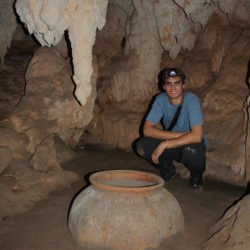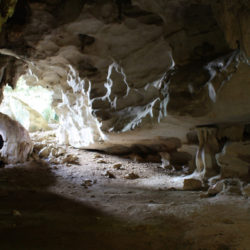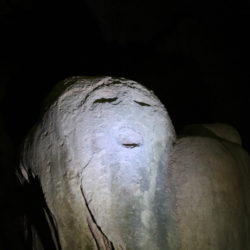
Caves of Runaway Creek
Visitors never cease to be amazed by the caves of Belize. The mysterious geological structures offer a glimpse into the intriguing world once inhabited by the ancient Maya. The Maya believed one could enter the underworld Xibalba through caves, and they often performed religious ceremonies within them. These ceremonies sometimes included sacrifice offerings to their gods. Most caves in Belize show traces of Mayan occupancy, with archaeologists finding artifacts like pottery as well as fossilized footprints and human skeletal remains.
Beyond the fascinating relationship between the Maya and Belizean caves, the ancient limestone formations are also of great ecological value. They provide many plants and animals, both terrestrial and aquatic, with food and shelter. Many crayfish and arachnids, for example, call these caves home, as well as bats. Jaguars, pumas and other small cats and mammals transit the caves frequently.
The Belizean government restricts public access to many caves because of archaeological and historical significance. Before the Runaway Creek Nature Reserve became a reality, the area was slated to become a gravel mine, a plan that would have resulted in cave destruction. Fortunately, the founders of the Reserve managed to save the over 50 caves on the property. Archaeologists have discovered many ancient artifacts in the limestone caves buried deep in the karst hills including the extremely rare cave painting of a jaguar. The caves also show evidence of use by Runaway Slaves leading to the site name.
Runaway Creek Nature Reserve aims to continue protecting its magnificent caves, preserving important habitats and archaeological sites for years to come. Becoming a member of the Runaway Creek family would greatly enhance the preserve’s ability to maintain the caves.

